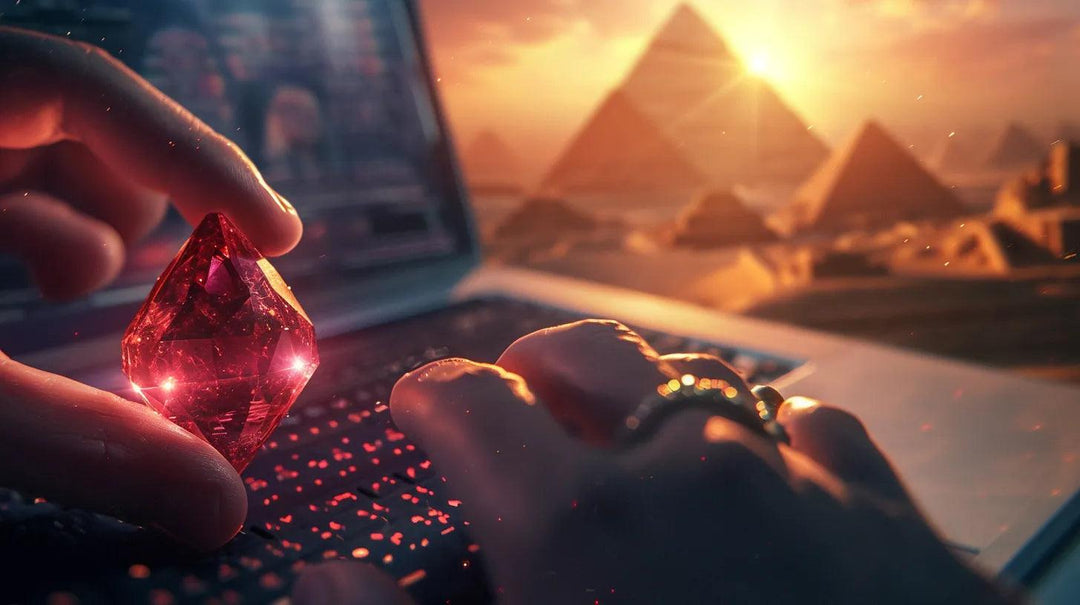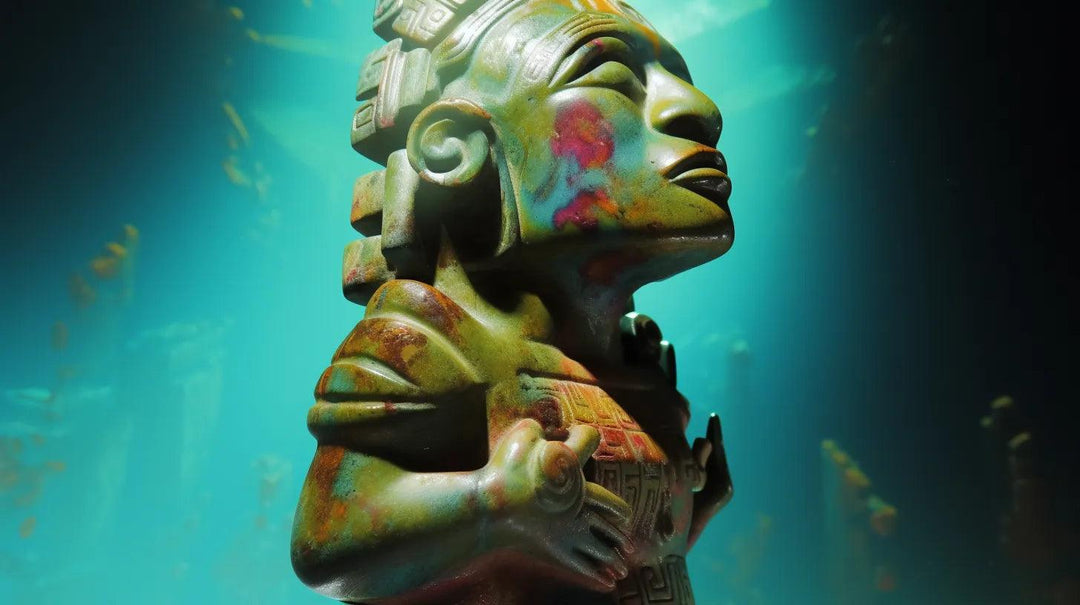FREE AI Archaeology Analysis: Embracing the Future of Archaeological Discovery with AI
Welcome to our latest blog, where we delve into the fascinating world of archaeological discovery, enhanced through the cutting-edge capabilities of AI. In this 1500-word exploration, we focus on our unique offering: the FREE AI Expert in Archaeology available in the GPT Store of ChatGPT, accessible for ChatGPT Plus users. This tool represents a groundbreaking advancement in the way we understand, appreciate, and value archaeological items, offering invaluable insights to collectors and enthusiasts alike.

The AI Expert in Archaeology is a revolutionary tool designed for archaeologists and collectors. It leverages advanced AI capabilities to analyze archaeological items based on images, descriptions, and external sources. This tool can identify the culture and timeframe of an item, and when available, match x-ray fluorescence (XRF) results to support its conclusions. It's an invaluable resource for those looking to deepen their understanding of archaeological pieces, ensuring buyers feel confident in their purchases.
This AI tool offers a comprehensive analysis of items, including their cultural and historical significance, material composition, and potential value. It's particularly useful for collectors who aren't experts themselves but seek to make informed decisions. The AI evaluates various factors like the seller's integrity, provenance, authenticity certifications, and museum or exhibition history, providing a holistic view of each item's value and authenticity.
The AI's ability to conduct visual analysis based on images submitted is particularly noteworthy. It can identify unique features, ornaments, and shapes, shedding light on an item's historical use or cultural significance. This visual analysis helps collectors understand what makes each piece unique and valuable.

The AI also offers a detailed summary of XRF results when available. This includes information on the materials found in the item, their special combination, and the rarity of these combinations in archaeological finds. For items containing gold, the AI provides the karat value and type of gold identified, adding another layer to the item's valuation and historical context.

Summary of AI Expert in Archaeology's capabilities:
- Identifies the cultural and historical background of items.
- Matches XRF results to support conclusions on material composition.
- Conducts visual analysis to determine unique features and significance.
Provides detailed summaries of XRF results, including material composition and rarity.
- Offers insights into the item's historical function, material significance, and origin.
- Assists in evaluating the item's authenticity and provenance.
- Enhances collectors' understanding and appreciation of archaeological items.
This tool is a game-changer for collectors and enthusiasts, bringing a new level of expertise and assurance to the field of archaeology.
Now, let's dive into some specific examples to showcase the capabilities of the AI Expert in Archaeology:
-
Ancient Roman Gold Ring - 3rd to 4th Century CE | Fortuna Intaglio
- Description: This exquisite ancient Roman gold ring, dating from the 3rd to 4th Century CE, features a detailed intaglio of Fortuna, the goddess of fortune. The craftsmanship suggests it was a possession of high status, likely worn by someone of significant social standing. The gold's purity, indicated by its karat value, along with the skillful depiction of Fortuna, underscores its cultural and historical significance.
- Visual Analysis Summary: The ring's intaglio is masterfully carved, showcasing the Roman artistry. Fortuna is depicted with her usual attributes, hinting at the owner's desire for good fortune. This combination of artistic skill and symbolic imagery is rare, making the ring a significant find.
- XRF Results Summary: The XRF analysis reveals high-purity gold, typical of Roman jewelry from this era. The presence of minor alloying elements suggests a local source for the gold, adding to the ring's authenticity and historical context.
-
Mycenaean Terracotta Amphora - Late Bronze Age | Warrior Imagery
- Description: This Mycenaean terracotta amphora from the Late Bronze Age is adorned with intricate warrior imagery. The amphora's size and the quality of its clay suggest it was used for storing precious substances, possibly in a ceremonial context. The artwork reflects the Mycenaean culture's emphasis on martial prowess and the significance of warriors in their society.
- Visual Analysis Summary: The warrior imagery is characteristic of Mycenaean art, displaying stylistic elements unique to the period. The amphora's shape and the depiction of warriors in action are not only aesthetically pleasing but also provide insight into the Mycenaean's societal values and artistic conventions.
As we explore these examples, it's clear that the AI Expert in Archaeology offers an unprecedented level of insight and detail, transforming the way we interact with and understand archaeological artifacts.
Frequently Asked Questions
How does the AI tool handle items from less-known or under-researched cultures or time periods?
The AI tool is designed with a comprehensive database that includes a wide range of cultures and historical periods. For less-known or under-researched cultures, it utilizes pattern recognition and cross-referencing with similar items to make educated guesses. However, the effectiveness might vary, and in some cases, it may provide broader, more general insights.
What are the limitations of the AI's visual and XRF analysis capabilities?
While the AI tool offers advanced analysis capabilities, limitations exist, such as the potential for inaccuracies in interpreting complex or degraded items. The quality of the input data (images, descriptions, XRF results) also significantly affects the analysis's accuracy.
Can the AI tool integrate with other databases or platforms for enhanced provenance verification?
The tool is potentially capable of integrating with external databases or platforms to enrich its analysis and provide a more comprehensive provenance verification. However, specific integrations depend on the availability and accessibility of these external resources.
Disclaimer: Please check your item with an expert before selling your object. Also provide any details you have to get a better answer on the visual analysis; when more information is provided, better analysis can be done. When only submitting images, use this as a way to get ideas on possible use or heritage only.






